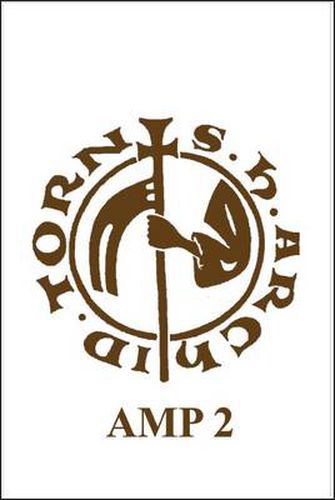Readings Newsletter
Become a Readings Member to make your shopping experience even easier.
Sign in or sign up for free!
You’re not far away from qualifying for FREE standard shipping within Australia
You’ve qualified for FREE standard shipping within Australia
The cart is loading…






Henry of Ghent’s Summa, art. 53-55 was composed shortly after Christmas of 1281, at the height of Henry’s teaching career in the Theology Faculty at the University in Paris. These questions, which begin the second part of his Summa, are devoted to the Persons of the Trinity. They contain Henry’s philosophical analyses of the theoretical concepts person, relation, and universals. The text has been reconstructed based on manuscripts copied from a first and second Parisian university exemplar. In the critical study that precedes the Latin text, the editors argue that the manuscript, Biblioteca VATICANA, Borghese 17, which contains the texts of these articles and which has, in the latter part of this manuscript, many of the features of an exemplar divided into pecia, could not have been the exemplar divided into pecia for these particular articles. The volume concludes with the typical tables.
$9.00 standard shipping within Australia
FREE standard shipping within Australia for orders over $100.00
Express & International shipping calculated at checkout
Henry of Ghent’s Summa, art. 53-55 was composed shortly after Christmas of 1281, at the height of Henry’s teaching career in the Theology Faculty at the University in Paris. These questions, which begin the second part of his Summa, are devoted to the Persons of the Trinity. They contain Henry’s philosophical analyses of the theoretical concepts person, relation, and universals. The text has been reconstructed based on manuscripts copied from a first and second Parisian university exemplar. In the critical study that precedes the Latin text, the editors argue that the manuscript, Biblioteca VATICANA, Borghese 17, which contains the texts of these articles and which has, in the latter part of this manuscript, many of the features of an exemplar divided into pecia, could not have been the exemplar divided into pecia for these particular articles. The volume concludes with the typical tables.